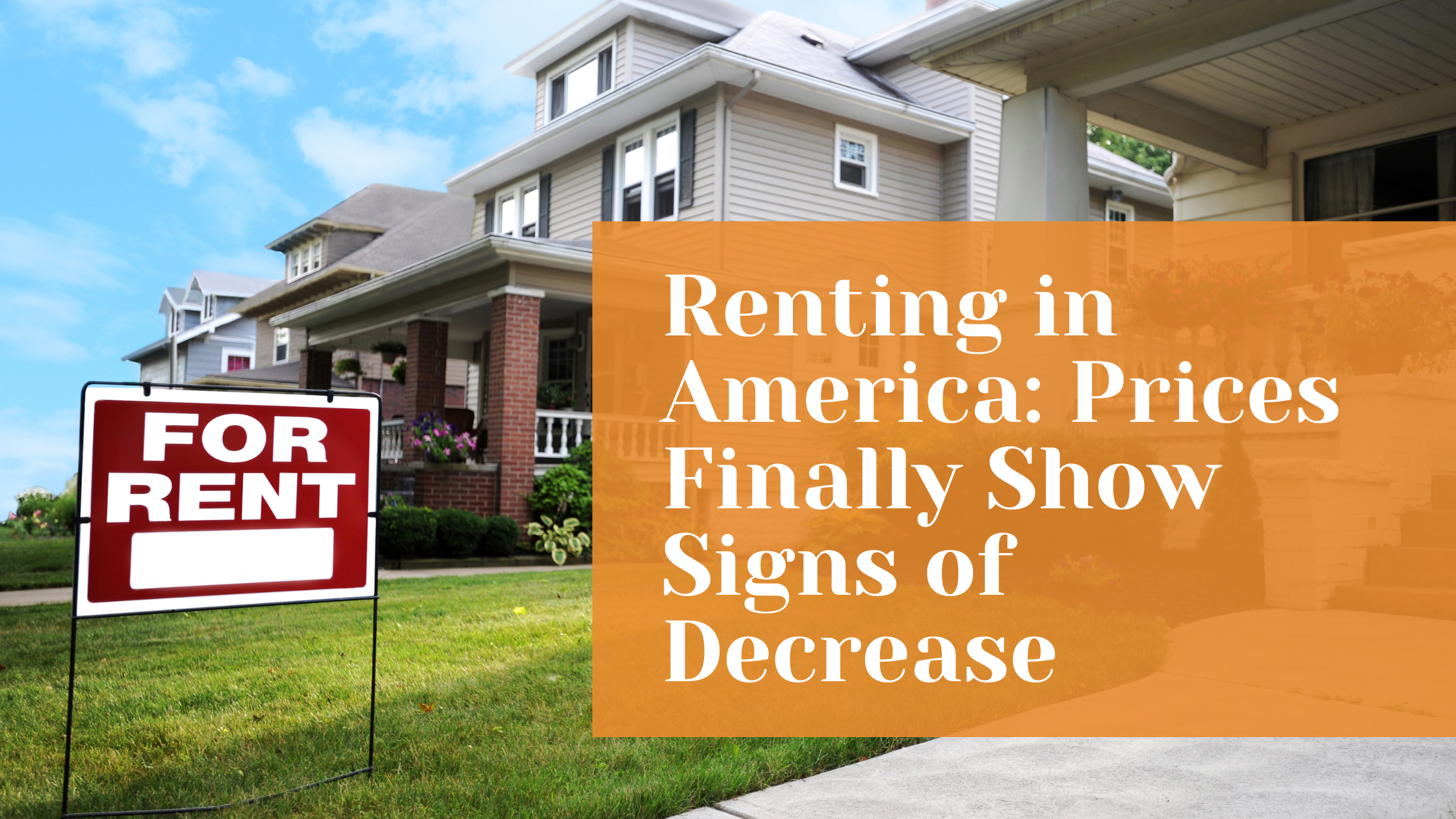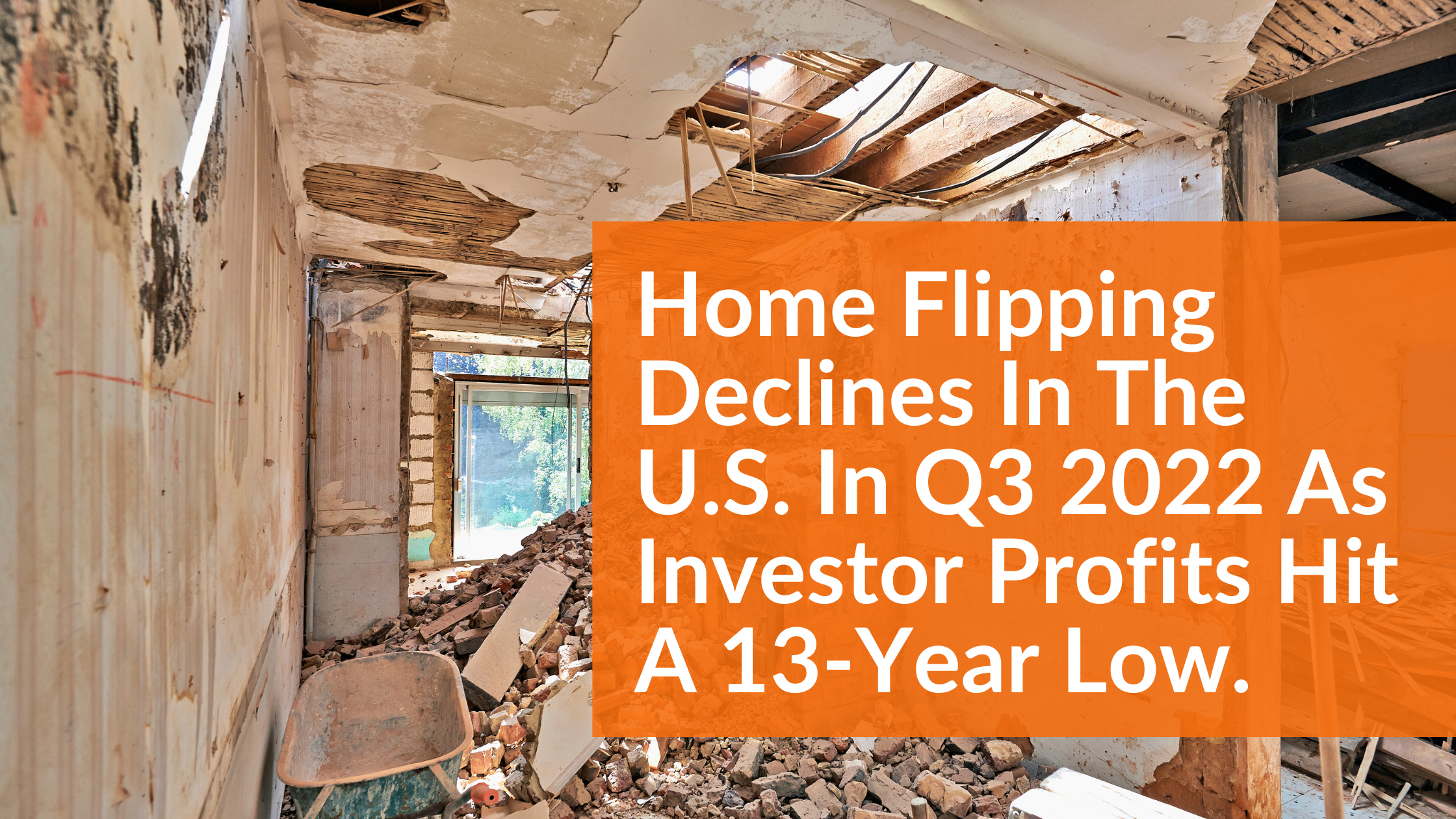As Of 2023, renting will Be A More Economical Option Than Buying A Home In Most Of The United States.
.png)
ATTOM, the nation's leading real estate data aggregator, has released its Rental Affordability Report for 2023, which reveals that in 210 of the 222 counties in the United States analyzed, renting a three-bedroom home is more cost-effective than buying a similarly-sized home at the median price.
Renting or buying a three-bedroom home in the United States typically requires more than a third of annual income in the country's most expensive regions. The typical rental still only eats up a smaller share of income than the major outlays needed to own a 3-bedroom home.
Despite rent increases outpacing home price increases over the past year in roughly half of the country, this chasm has opened.
This report's analysis used data on upcoming rental and home prices from ATTOM's nationwide property database in 2023 and 2022, respectively, as well as sales deed information from public records that ATTOM had licensed (see full methodology below). The average salaries from the Bureau of Labor Statistics and those two datasets were combined (see full methodology below).
Rick Sharga, ATTOM's executive vice president of market intelligence, remarked, "What a year makes." Buying a home is cheaper than renting in 60% of the markets we looked at last year, according to the results of our study. Despite a significant slowing in home price appreciation, new homeowners saw their monthly payments rise by 45-50 percent as a result of the doubling of mortgage rates. While rents have been steadily increasing over the past year, this trend has made renting in many areas more affordable.
After a year of varying market trends due to the rapidly shifting housing market, the report finds that renting is generally more affordable across the country. In nearly half of the markets analyzed, median 3-bedroom rental increases exceeded those of single-family home median sales prices. That occurred as a decade-long run of price spikes slowed considerably across the United States due to rising mortgage rates, high inflation, a declining stock market, and other factors that reduced the disposable income of potential buyers.
Nevertheless, rents have not increased at a rate that makes buying a home a better option for people earning median local wages in most markets. The typical renter can expect to spend between 5 and 30 percent less of their monthly income on housing expenses than a homeowner would.
The nationwide consistency is most apparent in the most densely populated metropolitan areas, but the patterns are consistent everywhere.
Half of the country now has rent increases that exceed home price increases.
In 103 of the 222 counties considered for this study, average rents for three-bedroom homes are increasing at a faster rate than median prices for single-family homes (46 percent). All counties with at least 100,000 residents, 100 or more sales from January through November of 2022, and complete data were included in the report.
County of Cook (Chicago, Illinois), County of San Diego (San Diego, California), County of Orange (Orange, California) (outside Los Angeles), County of Kings (Brooklyn, New York), and County of Miami-Dade (Miami, Florida) are the most populous counties where rents for three-bedroom apartments are increasing faster than median sales prices for single-family homes.
Los Angeles County, Harris County (Houston), Texas, Maricopa County (Phoenix), Arizona, Dallas County (Dallas), and Clark County (Las Vegas), Nevada are among the 119 largest counties in the United States with single-family home sales increasing faster than rents.
Greater differences in cost between renting and buying can be found in more populous counties.
In the most populous counties across the country, where the population is at least 1 million, renting a standard three-bedroom home is less expensive than buying a single-family residence.
Honolulu, Hawaii (where three-bedroom rental costs about 66 percent of median local income, while the cost of owning a single-family home eats up about 140 percent), Alameda County (Oakland), California (where rents are about 47 percent of income and home ownership costs are about 110 percent), Santa Clara County (where wages are about 28 percent of income and home ownership costs are about 83 percent), and Orange County, California (outside Los Angeles) (where rent (49 percent versus 90 percent).
Cook County (Chicago, IL) is the only county in the United States with a population over 1 million where purchasing a home is less expensive than renting (average rents consume 40 percent of average local wages while home ownership consumes 38 percent).
Among the counties in the report with populations of less than 1 million, the largest gaps can be found in San Mateo County, California (outside San Francisco), where average three-bedroom rents consume 39 percent of average local wages, and Alexandria City/County, Virginia (outside Washington, DC), where the cost of owning a single-family home consumes 103 percent; Loudoun County, Virginia (outside Washington, DC), where the cost of owning a single-family home consumes 44 percent of (37 percent versus 84 percent).
For middle-class families, finding an affordable three-bedroom rental is challenging, though it is most common in the South and Midwest.
Renting a standard three-bedroom home in the 222 counties studied for the report costs more than one-third of the average local wage in 174 of those counties (78 percent).
Fourty-four out of the 48 markets where three-bedroom rental costs less than one-third of the average local wage are located in the Midwest and the South.
When it comes to renting a three-bedroom home, Jefferson County (Birmingham, AL) is the most cost-effective (20 percent of average local wages required), followed by Pulaski County (Little Rock, AR), Cuyahoga County (Cleveland, OH), Wayne County (Detroit, MI), and Summit County (Akron, OH) (25 percent).
St. Louis County, Missouri (where rents only require 25% of average local wages), Allegheny County (Pittsburgh, PA), and Philadelphia County, Pennsylvania (where rents only require 26% of average local wages) are the most affordable counties to rent in, among those with a population of at least 1 million, outside of Cuyahoga and Wayne (26 percent).
Kings County (Brooklyn), New York (126 percent of average local wages required to rent); Indian River County (Vero Beach), Florida (100 percent); Charlotte County (outside Fort Myers), Florida (84 percent); Monterey County (outside San Francisco), California (82 percent); and Riverside County (outside Los Angeles) are some of the least affordable counties for renting across the South, Northeast, and West (77 percent).
Apart from Kings and Riverside, the least affordable places to rent among those with a million or more residents are Orange County, California (outside Los Angeles) (73% of average local wages needed to rent), Palm Beach County (West Palm Beach), Florida (71%), and Westchester County, New York (81%). (69 percent).
However, the West and the Northeast have the least inexpensive housing markets overall.
Over one-third of local median incomes are needed to cover the report's major expenses for a median-priced single-family home in 206 of the 222 counties studied for the research (assuming a 20% down payment) (93 percent).
The counties of Wayne (Detroit), AL (24.1 percent), Montgomery (27.6 percent), Cuyahoga (Cleveland) (27.7 percent), Richmond (Augusta) (28.7 percent), and Allegheny (Pittsburgh) (30 percent) are the most inexpensive markets for home ownership (29.2 percent).
St. Louis County, Missouri (32.9 percent of average local wages needed to own) and Cook County (Chicago), Illinois (32 percent of average local wages needed to own) are the most affordable for ownership among counties with a population of at least 1 million, alongside Wayne, Cuyahoga, and Allegheny counties (38.3 percent).
Honolulu County, Hawaii (where the cost of a home is 139.8 percent of average local wages), Kings County (Brooklyn), New York (125.9 percent), Orange County, California (outside Los Angeles) (124.7 percent), Monterey County, California (outside San Francisco) (117.3 percent), and Alameda County (Oakland), California are the least affordable markets for home ownership (110.1 percent).
Queens County, New York, has the highest cost of living among all counties with a population of at least 1 million, surpassing even the most expensive ones such as Honolulu, Kings, Orange, and Alameda (102.6 percent of average local wages needed to own).
Almost three-quarters of markets have rent increases that exceed income growth.
Los Angeles County, Cook County (Chicago), Harris County (Houston), San Diego County, and Orange County, California are just a few of the 156 counties out of 222 studied in the report where average fair market rents are increasing faster than average local salaries (outside Los Angeles).
Maricopa County (Phoenix), Arizona; Dallas County (Texas); Clark County (Nevada); Tarrant County (Texas); and Hillsborough County (Florida) are just a few of the 222 counties where average local earnings are growing faster than average rents (30 percent).
Over 90% of the country's housing markets have seen price increases exceed earnings increases in recent years.
Los Angeles County, Harris County (Houston), Maricopa County (Phoenix), San Diego County, and Orange County are just some of the 207 of 222 counties in the research where the median price of a single-family house is increasing faster than the average weekly earnings (outside Los Angeles).
Cook County (Chicago), Illinois; Cuyahoga County (Cleveland), Ohio; Westchester County (outside New York City), New York; the District of Columbia; and Jefferson County (Birmingham), Alabama are among the 15 counties (7%) where average weekly incomes are increasing faster than median property prices.
Conclusion
ATTOM used its publicly documented sales deed data for single-family homes in the United States from January through November (YTD) 2022 to compile this report, together with average rental data for three-bedroom apartments in the United States from 2023 that was gathered and licensed by ATTOM. These numbers were then evaluated for counties in the United States with populations of 100,000 or more with complete information on housing prices and rental costs. Average weekly wage information from the Bureau of Labor Statistics for the second quarter of 2022 was also integrated into the analysis (most recent available).
One indicator of housing affordability is the proportion of a renter's monthly income required to cover the fair market rent for a three-bedroom apartment (based on average weekly wages). Monthly payments for a median-priced single-family home (including mortgage, assuming a 20% down payment, plus property tax, homeowner's insurance, and private mortgage insurance) as a percentage of the average monthly earnings is the measure of housing affordability.


